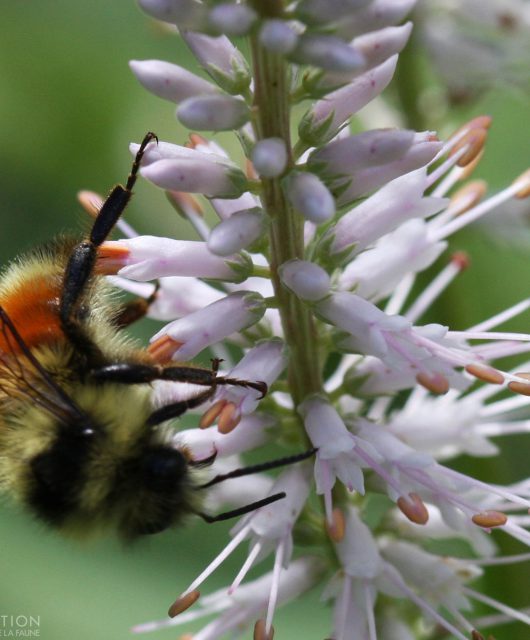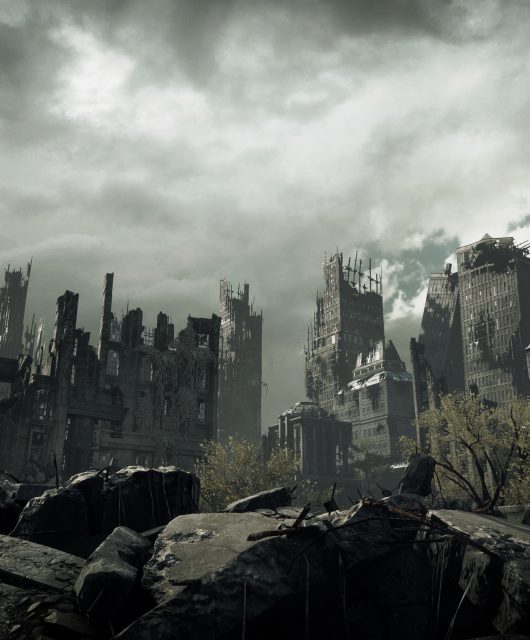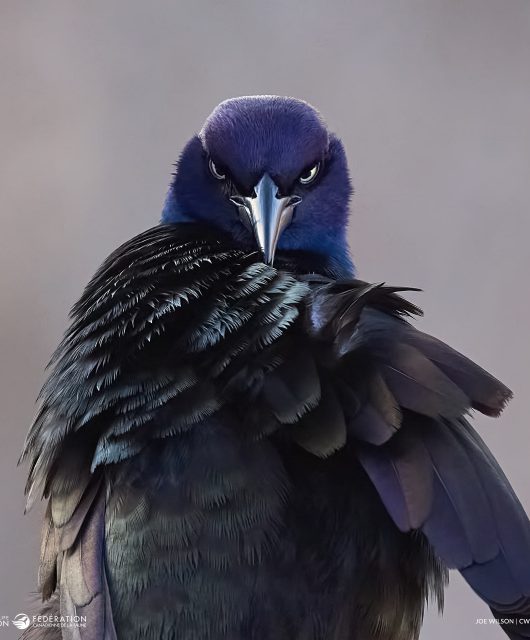British Columbia’s Sechelt Garden Club created a butterfly garden in a local park which has since been certified as “Wildlife-friendly Habitat” through CWF’s Garden Habitat Certification program. A member of the garden club, Suzan Essiembre, describes below their experience in creating and using the garden.
Butterflies bring graceful movement and beauty to a sunny garden.
The sight of these delicate, winged creatures flitting from flower to flower captivates and delights both young and old.
We know it’s important to provide bright, fragrant flowers to attract butterfly populations. But there’s another important element that is often overlooked: the butterfly baby nursery. Supporting butterflies on their journey through complete metamorphosis requires way more than just planting pretty flowers or sticking a butterfly house in the garden.
Furnishing a Butterfly Nursery
Once mated, the female must find a place to lay her fertilized eggs. She seeks out the unique and necessary host plants that her species has co-evolved with so that her young are able to start feeding immediately after they hatch. You can’t have butterflies without first having caterpillars and those caterpillars can’t survive if they don’t have the right food sources to feed on.
To enhance and build resilience in the native butterfly populations, it is important to plant highways of native host and energy-rich nectar plants in our gardens and communities. Butterflies and other pollinators benefit from the fragrant banquets laid out before them and play a role in supporting neighbourhood food gardens.
The kaleidoscope of colour, texture and form; the scent of fragrant flowers; the sound created by fluttering butterflies, buzzing bees, and birds singing, make a butterfly garden more engaging and beneficial to a wide variety of wildlife, pollinators and insects.
Pesticide-free regenerative native gardens support ecosystems, strengthen biodiversity, manage water and soil erosion, mitigate noise pollution, sequester carbon and promote long term sustainability. And when a butterfly garden attracts and sustains a healthy population of butterflies, other wildlife benefit too.
A Neighbourhood Butterfly Garden
The Cascade Green Park — a 1.4 hectares natural neighbourhood park — includes wild flora, fungi and fauna, walking trails and seating areas. The park is frequently used by residents of the community, dog walkers and the West Sechelt Elementary School.
The Cascade Green Park Butterfly Garden (approximately 600 square metres) is located at the southeast corner of the park in an open sunny area bordering the forested park. This location is a unique micro-habitat where a variety of butterflies and other pollinators can find:
- Shelter
- Perching sticks
- Log piles
- A mud puddling station
- Large rocks
- Plenty of native host and nectar trees, shrubs and perennials
In partnership with the District of Sechelt and the Sechelt Garden Club, the butterfly garden oasis started March 1, 2022 with community volunteers planting more than 700 native, drought tolerant host and nectar plants.
By adding colourful interpretive signage, a comfortable bench to sit on, bug hotels, an arbour with cascading wild honeysuckle and other natural elements, this butterfly garden offers something beautiful and engaging for wildlife and neighbourhood communities to enjoy. It is a place where one can relax, unplug and connect to the natural world.

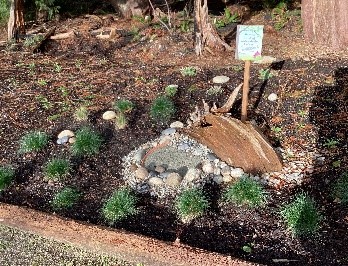
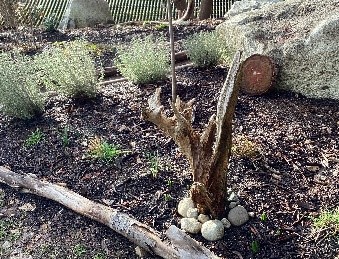
Education Along Side Habitat
What makes this butterfly garden vibrant and successful is including an educational component. Displaying educational signs, creating a space where children can release raised butterflies, build bug hotels and write in their nature journals are all creative ways to engage young minds.
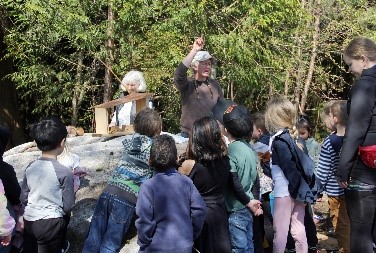
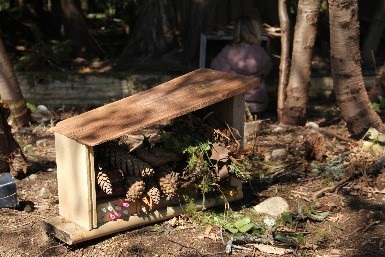
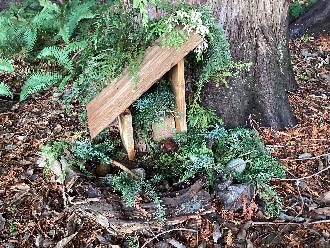
The butterfly garden creates a space where wildlife and humans can co-exist in harmony with nature. It helps build healthy native pollinator populations and improves ecosystems; strengthens resilience to pests, drought and other climate-related events. It also expands community access to the outdoors, and engages community members and volunteer groups in an organized event that benefits their mental well-being through fresh air, exercise and opportunities to meet like-minded individuals.
This butterfly garden provides a template for creating other butterfly gardens where a small group of dedicated and concerned individuals can foster positive change and enhance long-term biodiversity.

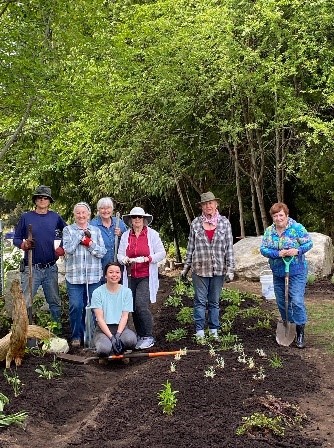
I wish to take this opportunity to thank all the community organizations and volunteers for their contributions in creating this beautiful butterfly garden oasis. Sechelt Garden Club, District of Sechelt, Sunshine Coast Credit Union, Sunshine Coast Community Forest, Neighbourhood Small Grants, West Sechelt Elementary School, Sargeant Bay Society, David Suzuki Butterflyway Rangers, Salish Soils, Top Quality Top Soils and Swanson’s Concrete. Thank you to the many local businesses that donated to our silent auction.
Learn more about Gardening for Wildlife or certify your garden as wildlife-friendly >
Author
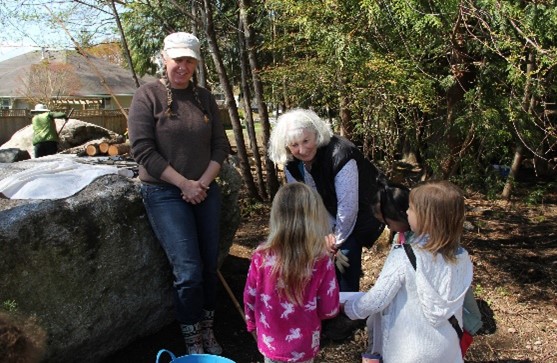 Suzan Essiembre
Suzan Essiembre
British Columbia’s Sechelt Garden Club created a butterfly garden in a local park which has since been certified by CWF as “Wildlife-friendly Habitat” through the Garden Habitat Certification program. A member of the garden club, Suzan Essiembre, describes below their experience in creating and using the garden. Visit: SecheltGardenClub.com

